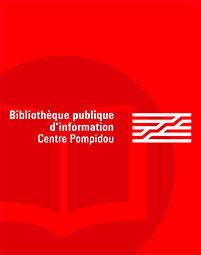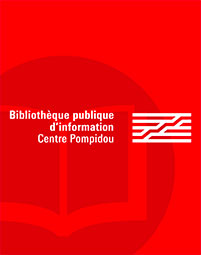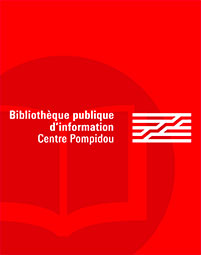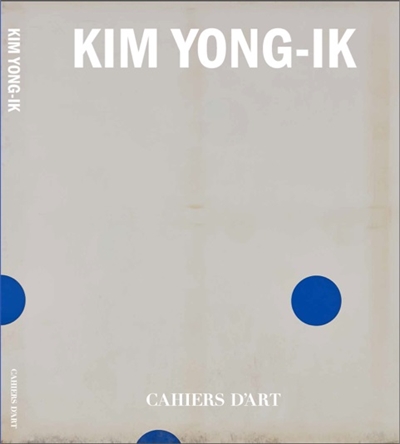par An, Kyung ; Soojin, Cho (19..-....) ; Yoon, Jin Sup (19..-) ; Kee, Joan ; Kang, Soo Yun (1964-....) ; Kungnip Hyŏndae Misulgwan (Gwacheon, Corée du Sud) ; Hammer museum (Los Angeles, Calif.). ; Solomon R. Guggenheim museum (New York, N.Y.).
Guggenheim Museum
2023 -
-
Disponible - 705.19 ONL
Niveau 3 - Arts
Résumé : "The 1960s and 1970s marked a period of exceptional change in Korea, propelled by rapid urbanization and modernization, and influenced by an authoritarian state at home and a globalizing world beyond. Young artists of the era were not immune to these unprecedented socioeconomic, political and material conditions, responding with a groundbreaking and genre-defying body of avantgarde art known broadly as Experimental art (silheom misul). Both as individuals and in collectives, these artists broke definitively with their predecessors, redefining the boundaries of traditional painting and sculpture while embracing innovative-and often provocative-approaches to materials and process through performance, installation, photography and video. Only the Young: Experimental Art in Korea, 1960s-1970s accompanies the first exhibition in North America to examine this influential but understudied period. Featuring incisive new scholarship and lavish photography of works drawn from public and private collections across the globe, the volume also brings together translations of articles, artist manifestos and other primary sources that offer a firsthand perspective on the ideas and discourses then shaping Korean art. What emerges is the story of how this generation of young Korean artists harnessed the power of art to confront and reimagine an ever-shifting present. Artists include: Choi Boonghyun, Choi Byungso, Chung Chanseung, Ha Chong- Hyun, Han Youngsup, Jung Kangja, Kang Kukjin, Kim Hanyong, Kim Kulim, Kim Tchahsup, Kim Youngjin, Lee Hyangmi, Lee Hyeonjae, Lee Kang-So, Lee Kun-Yong, Lee Seungjio, Lee Seung-taek, Lee Taehyun, Limb Eungsik, Moon Bokcheol, Nam Sanggyun, Park Hyunki, Shim Moon-seup, Shin Hakchul, Song Burnsoo, Suh Seungwon, Sung Neungkyung and Yeo Un"

 Les bibliothèques de la ville de Paris
Les bibliothèques de la ville de Paris
 Les bibliothèques universitaires
Les bibliothèques universitaires
 La BnF
La BnF
 L'encyclopédie Wikipédia
L'encyclopédie Wikipédia
 L'Encyclopædia Universalis
L'Encyclopædia Universalis
 La bibliothèque du film
La bibliothèque du film
 La médiathèque de la Philharmonie de Paris
La médiathèque de la Philharmonie de Paris

![Only the young : experimental art in Korea, 1960s-1970s : [exhibition, Seoul, National Museum of Modern and Contemporary Art, 26 May-July 16, 2023, New York, Solomon R. Guggenheim Museum, September 1, 2023-January 7, 2024, Los Angeles, Hammer Museum, February 11-May 12, 2024]](/imported_images/livre/couverture/978-0-89207-561-4.jpg)












